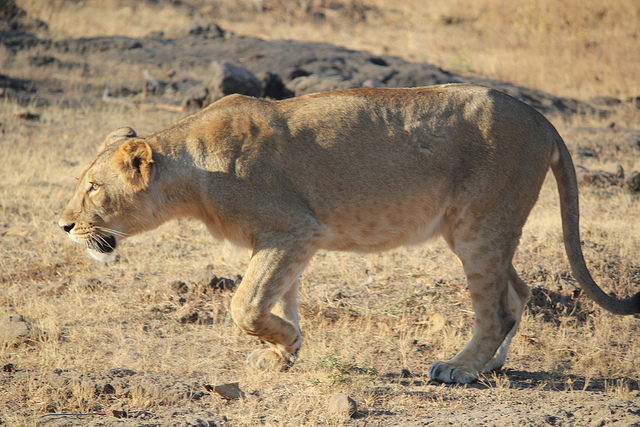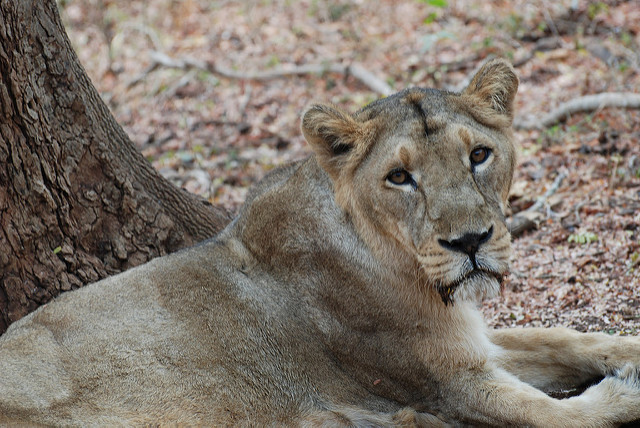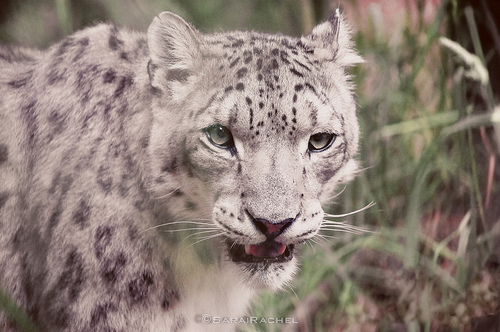Asiatic Lion
Asiatic Lion (Panthera leo persica)
- Endangered (EN) on the IUCN Red List
- Protected under Schedule I of the Wildlife (Protection) Act 1972, India.
- Included on Appendix I of the Convention on International Trade in Endangered Species (CITES), making international trade in this species illegal.
- HABITAT Asiatic Lions may be found in scrublands and teak forest of western India.
- RANGE Once roaming from Greece to Central India, Asiatic lions are currently present in the Gir forests and National Park of northwest India.
- Body Length – 1.6-2.5 m
- Weight – Males weight between 150 to 240 kgs and females weigh between 122 to 182 kg. Males are the only wild cats that have manes around the neck.
- Lions have short, tawny coats, white underparts, and long tails with a black tuft at the end.
- Mother lions keep their cubs in hiding until they reach about 8 weeks of age.
- If litters are born close together, a female may nurse the cubs of another female in the pride too.
- Lions have a common greeting ritual of rubbing heads together with tails looped in the air, while moaning.
- Manes are thought to be the symbol of fitness of a male lion.
- Asiatic lions in general have shorter manes than African lions.
- POPULATION Less than 593 Asiatic Lions exist in the wild and all in one particular habitat in Gir forest of India.
- THREATS
- Close proximity with humans and their cattle
- Habitat degradation
- Single habitat risking scarcity of territory as population increases











